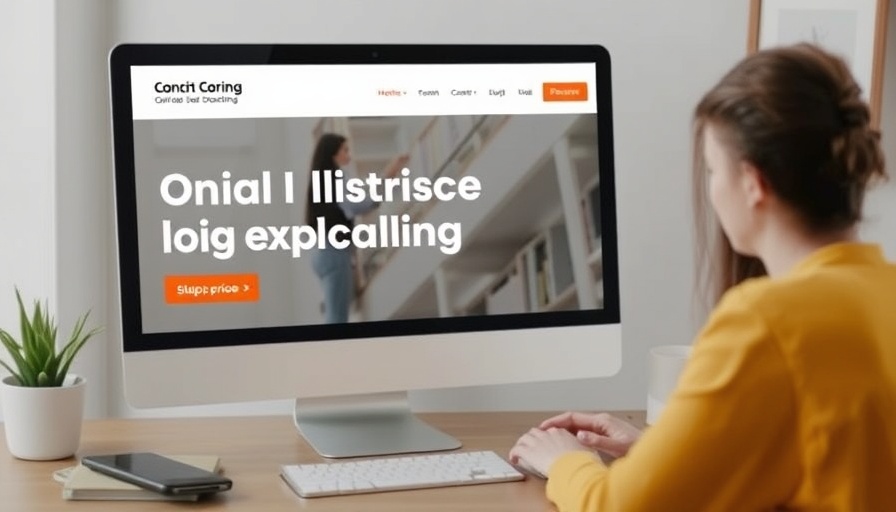
Understanding the Journey of Meridith, the Autistic Zebra
Meet Meredith, an extraordinary 18-year-old student whose life illustrates the intersection of neurodiversity and physical challenges. Diagnosed with autism and several other conditions like hypermobile Ehlers-Danlos syndrome (hEDS) and postural orthostatic tachycardia syndrome (POTS), her story serves as both an inspiration and a wake-up call to the complexities of living with invisible disabilities. Through her narrative, we unravel the real-world implications of these diagnoses and the impact they have on her daily life.
The Importance of Early Diagnosis in Ehlers-Danlos syndrome
Ehlers-Danlos syndrome (EDS) is a rare collection of genetic conditions affecting collagen production, creating a web of health issues that can profoundly impact life. Meredith shares that many symptoms, like joint pain and chronic fatigue, often go unrecognised and undiagnosed in the early stages, leading to years of suffering. For those with EDS, early diagnosis is crucial as it paves the way for better management of symptoms and overall quality of life. The longer individuals suffer without a proper diagnosis, the more entrenched their complications can become.
How Neurodiversity and Physical Health Intersect
Meredith’s journey is a poignant reminder that neurodiversity often coexists with various physical health challenges. In fact, hEDS is disproportionately common within the neurodivergent community, illustrating the complex relationship between these two realms. This intersectionality contributes to a richer understanding of what it means to navigate life as a neurodivergent person and prompts us to consider how different challenges can amplify one another.
Challenges Faced by Those with Chronic Conditions
Living with chronic pain and fatigue can be isolating. Meredith candidly describes how her experiences have shaped her early life, where she once thought her inability to endure pain reflected personal weakness. This misconception is all too common among individuals with invisible disabilities, who may struggle with self-acceptance and self-kindness. Social engagement becomes complicated when people grapple with chronic pain that causes them to withdraw from typical activities.
Creating Empathy and Awareness in Educational Settings
To demystify these challenges, teachers and education leaders can play a pivotal role by fostering inclusivity within their classrooms. By promoting understanding of conditions like autism and EDS, educators can cultivate a more empathetic environment that supports all students, including those with neurodiversity. Programs that focus on disability awareness not only help reduce stigma but also empower students to advocate for the accommodations they need.
Inspirational Insights from Meredith's Story
Meredith’s journey is marked by resilience and the evolving understanding of her own body. Sharing her experiences sheds light on the importance of emotional support from family, friends, and educators. This support system can be transformative, offering individuals like Meredith a safe space where they can express their struggles without judgment. As Meredith embraces her unique identity, her story encourages others to find pride in their differentiations and cultivate self-love.
Taking Action: Fostering an Inclusive Environment
The call to action is clear: we must work collectively to create more inclusive communities for those with neurodiversity and chronic health issues. Educators should continuously seek out resources and engage with families to ensure that learning environments accommodate all forms of diversity, both visible and invisible. By broadening our understanding and extending our empathy, we create a foundation for inclusive excellence.
Meredith’s story, rich with challenges and triumphs, not only inspires those with similar experiences but also calls on us all to promote kindness, understanding, and advocacy for a more inclusive world. Let’s take actionable steps towards creating environments where everyone can thrive.
 Add Row
Add Row  Add
Add 




Write A Comment